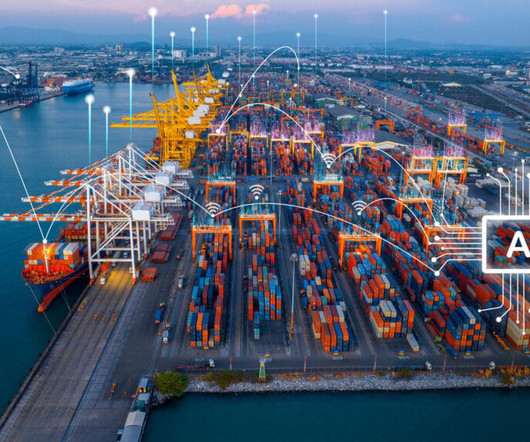Omni-Channel Logistics Leaders: The Importance of Real-Time Inventory Visibility
Talking Logistics
SEPTEMBER 24, 2018
In fact, two-thirds of the companies surveyed characterized their omni-channel fulfillment performance (relative to peers in their industry) as average or below, with 30 percent characterizing it as below average. Performance Leaders Have Greater Real-Time Inventory Visibility Across Supply Chain Nodes.














Let's personalize your content